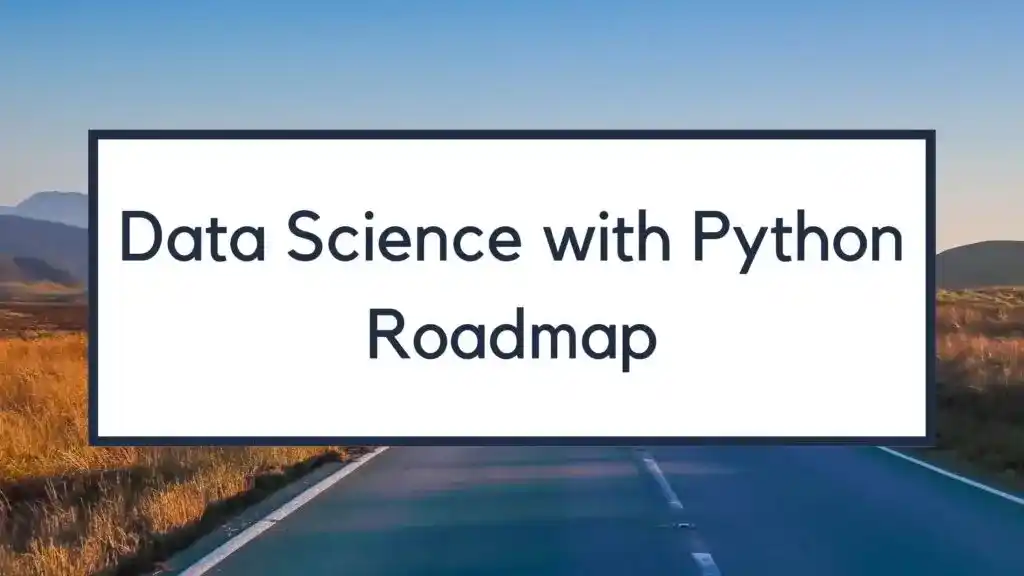Do you want to learn data science with python and looking for Data Science with Python Roadmap? If yes, then this article is for you. In this article, you will find a step-by-step roadmap to learn data science with python. Along with that, at each step, you will find resources to learn.
So without any further ado, let’s get started-
Data Science with Python Roadmap
So, you have chosen Python programming. Good Decision!
Because Python is one of the most widely used programming languages in the data science field. Python has many packages and libraries specifically tailored for certain functions such as pandas, NumPy, scikit-learn, Matplotlib, and SciPy.
Now let’s see in what order you should start learning data science with Python.
Step 1- Learn Python First
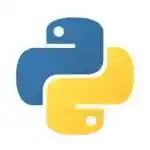
If you are a complete beginner and don’t have Python Programming knowledge, then first learn Python.
But if you already have Python knowledge, then you are one step closer to learning data science.
Why I am suggesting learning Python first?
Because Data Science is all about implementation. And if you don’t have programming knowledge, you can’t implement anything.
Now you might be thinking, “How much Python should I learn at this step?”
At this step, only learn Python Basics. So that you can code in Python.
-Resources for Learning Python
- Introduction to Python Programming– Udacity FREE Course
- Crash Course on Python– Coursera
- Introduction to Data Science in Python– DataCamp
- Programming for Data Science with Python– Udacity
- Programming in Python: A Hands-on Introduction Specialization– Coursera
- The Python Tutorial (PYTHON.ORG)
- Python for Absolute Beginners! (Udemy)
- Python for Everybody Specialization (Coursera)
- Python 3 Tutorial (SOLOLEARN)
- CS DOJO (YouTube)
- Programming with Mosh (YouTube)
- Corey Schafer (YouTube)
- Python Crash Course (Book)
Step 2- Learn Math & Statistics

To learn data science, you should have a good understanding of Statistics and mathematics. Knowledge of statistics will give you the ability to decide which algorithm is good for a certain problem.
Statistics knowledge includes statistical tests, distributions, and maximum likelihood estimators. All are essential in data science.
Knowledge of Statistics helps you to count well, normalize well, obtain distributions, find out the mean of your input feature, and its standard deviation.
Mathematics helps you to identify under-fitting and over-fitting by understanding the Bias-Variance tradeoff.
-Resources for Learning Statistics & Maths-
- Intro to Statistics (Udacity Free Course)
- Linear Algebra Refresher Course(Udacity Free Course)
- Basic Statistics (Online Course)
- Statistics and probability (Khan Academy)
- Practical Statistics for Data Scientists (TextBook)
- Data Science: Statistics and Machine Learning Specialization (Online Course)
- Statistics for Data Science (YouTube Video)
- Mathematics for Data Science Specialization (Online Course)
- Khan Academy
- Data Science Math Skills (Online Course)
Step 3- Familiar with Python Libraries
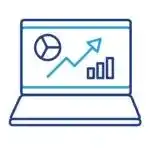
Now, you need to know how to deal with data. And for this, Python has a rich set of libraries to perform data manipulation, analysis, and visualization.
Libraries are the collection of pre-existing functions and objects. You can import these libraries into your script to save time.
Python has the following libraries-
- Numpy- NumPy will help you to perform numerical operations on data. With the help of NumPy, you can convert any kind of data into numbers. Sometimes data is not in a numeric form, so we need to use NumPy to convert data into numbers.
- Pandas- pandas is an open-source data analysis and manipulation tool. With the help of pandas, you can work with data frames. Dataframes are nothing but similar to Excel files.
- Matplotlib– Matplotlib allows you to draw a graph and charts of your findings. Sometimes it’s difficult to understand the result in tabular form. That’s why converting the results into a graph is important. And for that, Matplotlib will help you.
- Scikit-Learn- Scikit-Learn is one of the most popular Machine Learning Libraries in Python. Scikit-Learn has various machine learning algorithms and modules for pre-processing, cross-validation, etc.
-Resources for Learning Python Libraries-
- NumPy Tutorial by freeCodeCamp
- Exploratory Data Analysis With Python and Pandas (Guided Project)
- Applied Data Science with Python Specialization by the University of Michigan
- NumPy user guide
- pandas documentation
- Matplotlib Guide
- scikit-learn Tutorial
Step 4- Brush Up on SQL Skills
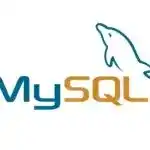
You should know how to store and manage your data in a database. That’s why you should have an understanding of SQL.
You can manipulate data using both SQL and Pandas. But there are certain data manipulation tasks that can be easily performed using SQL.
That’s why you should know how to use SQL and Python together efficiently.
-Resources for Learning SQL-
- Learn SQL– Udacity
- Learn SQL Basics for Data Science Specialization– University of California, Davis
- SQL for Data Analysis(Udacity Free Course)
- Excel to MySQL: Analytic Techniques for Business Specialization– Duke University
- SQL for Data Science– Coursera FREE to Audit Course
- Introduction to Structured Query Language (SQL)– University of Michigan
- Databases and SQL for Data Science with Python– Coursera FREE to Audit Course
- Intro to Relational Databases– Udacity FREE Course
- W3Schools
- Excel to MySQL
- Learn SQL Basics for Data Science Specialization
Step 5- Learn Machine Learning Algorithms
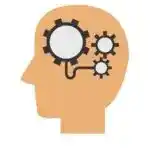
Now, you have learned Python libraries. It’s time to learn Machine Learning Concepts.
At this step, you need to learn the basics of Machine Learning and Types of Machine Learning algorithms( Supervised, Unsupervised, Semi-Supervised, Reinforcement Learning).
You can watch the Andrew Ng Machine Learning Course for understanding the basics. You can also check these machine learning resources.
-Resources for Learning Machine Learning-
- Machine Learning with Python by IBM
- Machine Learning– Stanford University
- Become a Machine Learning Engineer (Udacity)
- Intro to Machine Learning with TensorFlow (Udacity)
- Get started with Machine Learning (Codecademy)
Step 6- Build Your First Machine Learning Model with scikit-learn

Now, you know how to perform data manipulation, analysis, and visualization. It’s time to predict something and find interesting patterns from data. So start building your first Machine Learning Model.
scikit-learn is a library offered by Python. scikit-learn contains many useful machine learning algorithms built-in ready for you to use.
Now you need to experiment with different machine learning algorithms.
Find a Machine learning problem, take data, apply different machine learning algorithms, and find out which algorithm gives more accurate results.
Step 7- Take Part in Data Science Competitions

Now it’s time to practice and check your command in Data Science. The best way to practice is to take part in competitions. Competitions will make you even more proficient in Data Science.
When we talk about top data science competitions, Kaggle is one of the most popular platforms for data science. Kaggle has a lot of competitions where you can participate according to your knowledge level.
You can start with some basic level competitions such as Titanic – Machine Learning from Disaster, and as you gain more confidence in the competitions, you can choose more advanced competitions.
You can also check these platforms for data science competitions-
That’s all!. If you follow these steps and gain these required skills, then you can easily learn data science with Python. But the most important thing is to keep enhancing your skills by working on more and more challenges.
The more you practice, the more knowledge of data science you will gain. So after completing these steps, don’t stop, just find new challenges and try to solve them.
These projects and challenges will make your portfolio more impressive than others.
Now it’s time to wrap up!
Conclusion
In this article, I have discussed a step-by-step Data Science with Python Roadmap. If you have any doubts or queries, feel free to ask me in the comment section. I am here to help you.
All the Best for your Career!
Happy Learning!
Related
10 Best Online Courses for Data Science with R Programming
8 Best Free Online Data Analytics Courses You Must Know in 2025
Data Analyst Online Certification to Become a Successful Data Analyst
8 Best Books on Data Science with Python You Must Read in 2025
14 Best+Free Data Science with Python Courses Online- [Bestseller 2025]
10 Best Online Courses for Data Science with R Programming in 2025
8 Best Data Engineering Courses Online- Complete List of Resources
Best Course on Statistics for Data Science to Master in Statistics
8 Best Tableau Courses Online– Find the Best One For You!
8 Best Online Courses on Big Data Analytics You Need to Know
Best SQL Online Course Certificate Programs for Data Science
7 Best SAS Certification Online Courses You Need to Know
Thank YOU!
Explore More about Data Science, Visit Here
Though of the Day…
‘ It’s what you learn after you know it all that counts.’
– John Wooden
Written By Aqsa Zafar
Founder of MLTUT, Machine Learning Ph.D. scholar at Dayananda Sagar University. Research on social media depression detection. Create tutorials on ML and data science for diverse applications. Passionate about sharing knowledge through website and social media.

